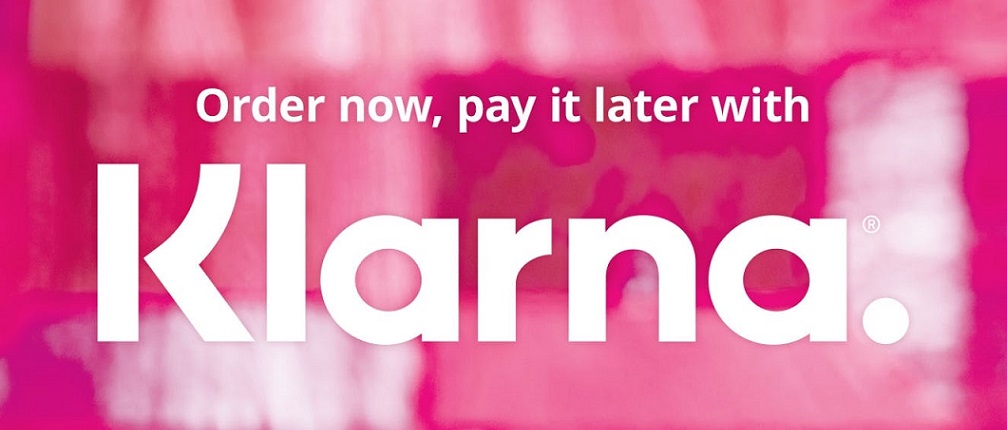
Klarna, the leading global payments and shopping service, announced it has raised $650 million in an equity funding round, at a post money valuation of $10.65 billion, which ranks Klarna as the highest-valued private fintech in Europe and now the 4th highest worldwide.
„The funding will help Klarna further invest in its unique shopping offering, continue to grow its global presence, and accelerate its strong momentum across all markets, especially in the US where the company is growing particularly rapidly and now has more than 9 million consumers,” according to the press release.
The uniqueness of Klarna’s offer – providing a healthier, simpler and smarter alternative to credit cards and a broad range of services to enable a superior shopping journey – continues to drive rapid consumer adoption and loyalty with more than 90 million consumers worldwide.
Klarna’s direct to consumer app enables users to shop at any store or brand online with installment payment options. The app has more than 12 million monthly active users worldwide, with 55,000 daily downloads, significantly outpacing its nearest competitor with almost 3x as many downloads over the last year.
In the app, consumers can also now wishlist their favourite items, access unique discounts, set up price-drop notifications and track spending and deliveries intelligently. The app also features the world’s first buy now, pay later shopper loyalty program, Vibe, which rewards consumers who pay on time, to encourage responsible spending. Vibe is currently available to consumers in the US and will soon be launched in additional markets.
In the context of the current accelerated switch to online retail and evolving consumer preferences, Klarna has seen a surge in demand, adding more than 35,000 new retailers during the first half of 2020 to its network of more than 200,000 retail partners.
Klarna is the pay later partner of choice for the top 100 highest grossing merchants in the US and will soon go live with more ahead of the busiest shopping season.
A recent McKinsey & Company consumer survey found that more than 75% of consumers have tried new brands, places to shop or methods of shopping during COVID-19 and that 82% of those who have tried a new digital shopping method intend to continue using it even after the crisis ends. This is reflected in strong business results for Klarna: volume and revenue for the first half of 2020 grew 44% and 36% year-on-year to more than $22 billion and $466 million respectively.
Sebastian Siemiatkowski, co-founder and CEO of Klarna: “We are at a true inflection point in both retail and finance. The shift to online retail is now truly supercharged and there is a very tangible change in the behaviour of consumers who are now actively seeking services which offer convenience, flexibility and control in how they pay and an overall superior shopping experience. Klarna’s unique proposition, consumer preference and global retailer network will prove an excellent platform for further growth. The Klarna team is honoured to welcome such world class investors to support our mission to become the world’s favourite way to shop.”
Banking 4.0 – „how was the experience for you”
„To be honest I think that Sinaia, your conference, is much better then Davos.”
Many more interesting quotes in the video below: